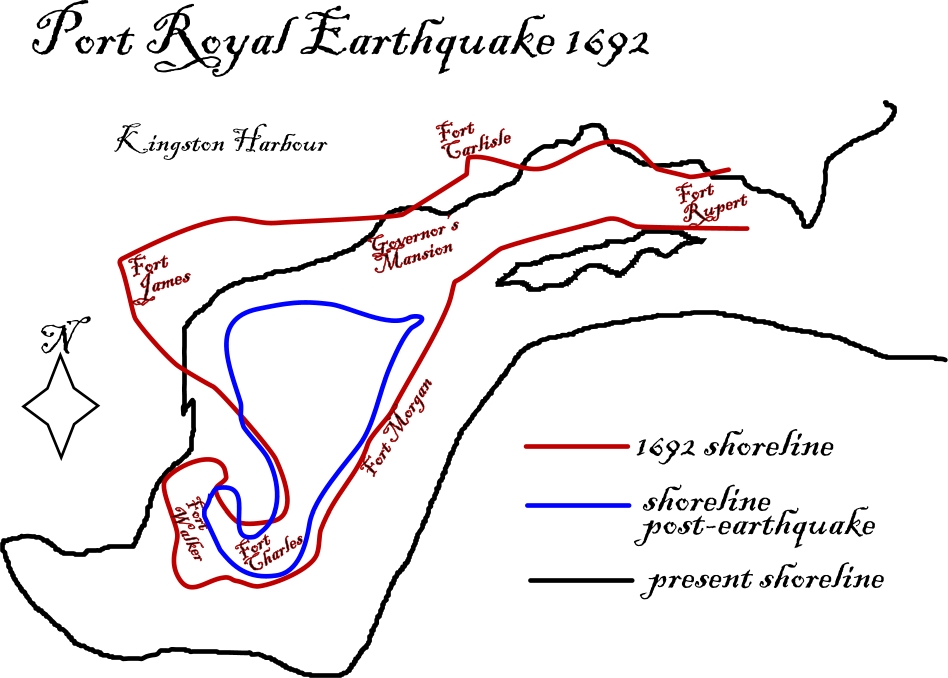in Wikipédia
sábado, junho 07, 2025
Um sismo arrasou a antiga capital da Jamaica há 333 anos
in Wikipédia
Postado por
Fernando Martins
às
03:33
0
bocas
![]()
Marcadores: Caraíbas, Jamaica, micro-placa, Port Royal, sismo da Jamaica de 1692, Tectónica de Placas
sexta-feira, junho 07, 2024
Um sismo arrasou a antiga capital da Jamaica há 332 anos
in Wikipédia
Postado por
Fernando Martins
às
03:32
0
bocas
![]()
Marcadores: Caraíbas, Jamaica, micro-placa, Port Royal, sismo da Jamaica de 1692, Tectónica de Placas
quarta-feira, junho 07, 2023
Um terramoto destruiu a antiga capital da Jamaica há 331 anos
in Wikipédia
Postado por
Fernando Martins
às
03:31
0
bocas
![]()
Marcadores: Caraíbas, Jamaica, micro-placa, Port Royal, sismo da Jamaica de 1692, Tectónica de Placas
terça-feira, junho 07, 2022
A antiga capital da Jamaica foi arrasada por um sismo há 330 anos
in Wikipédia
Postado por
Fernando Martins
às
03:30
0
bocas
![]()
Marcadores: Caraíbas, Jamaica, Port Royal, sismo da Jamaica de 1692
segunda-feira, junho 07, 2021
Um sismo arrasou e fez desaparecer a antiga capital da Jamaica há 329 anos
in Wikipédia
Postado por
Fernando Martins
às
03:29
0
bocas
![]()
Marcadores: Caraíbas, Jamaica, Port Royal, sismo da Jamaica de 1692
quarta-feira, junho 07, 2017
Há 325 anos um sismo arrasou e afundou a antiga capital da Jamaica
in Wikipédia
Postado por
Fernando Martins
às
03:25
0
bocas
![]()
Marcadores: Caraíbas, Jamaica, Port Royal, sismo da Jamaica de 1692




